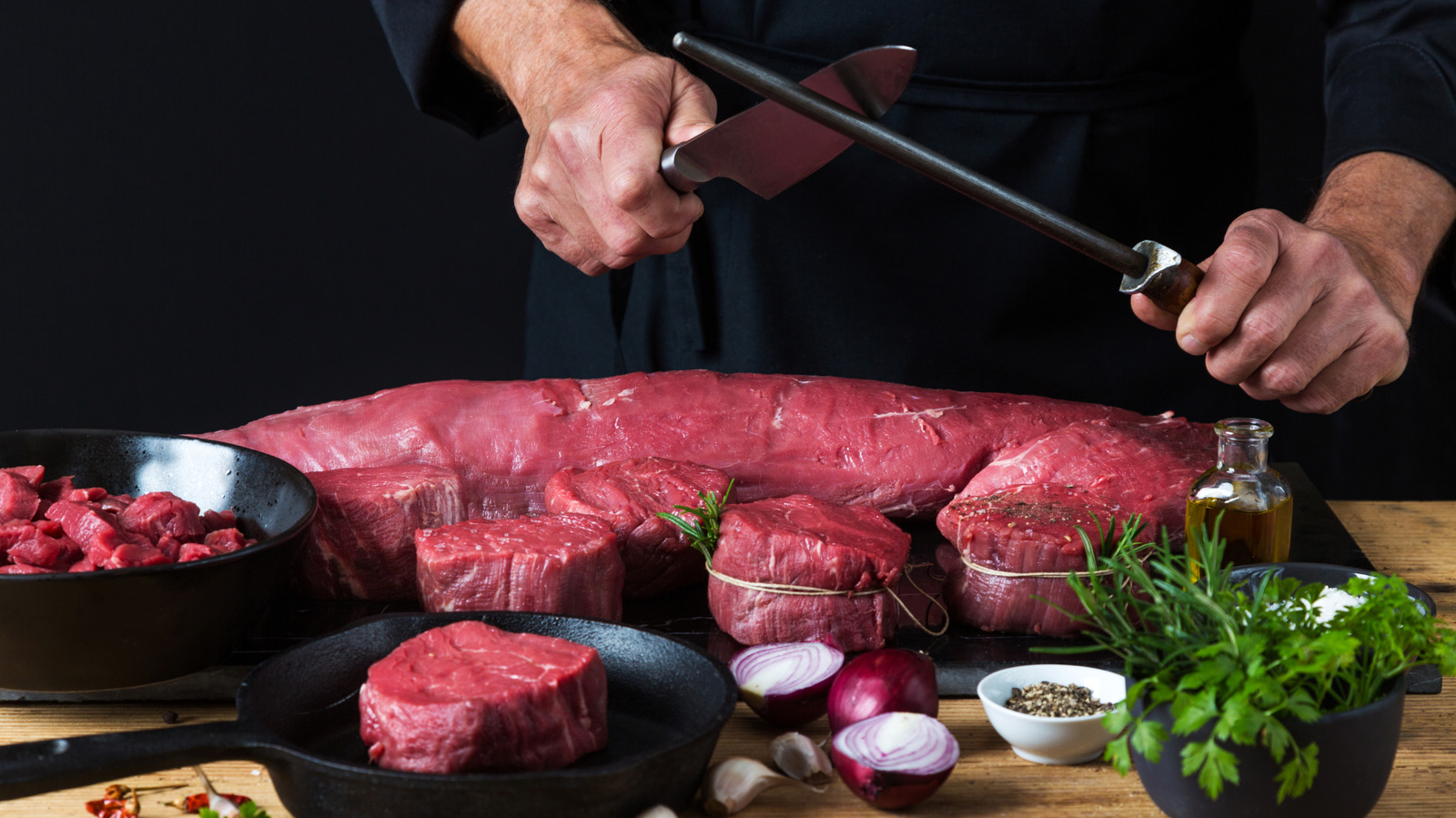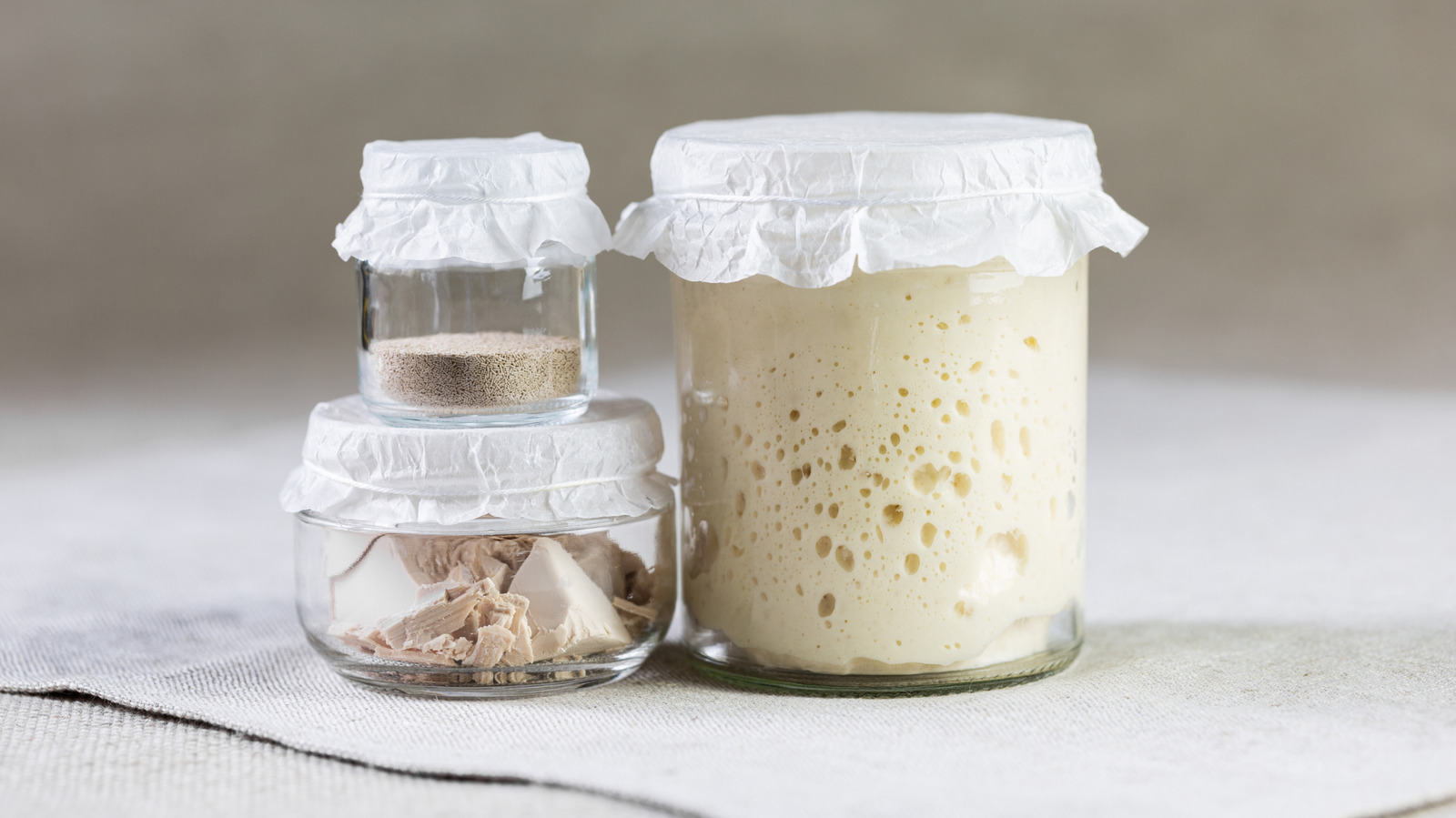How To Bloom Spices Easily, For The Uninitiated

Vera Larina/Shutterstock
A good rule of thumb for blooming spices is to give them the spotlight at the very start. Say you're about to whip up a hearty pot of chili. Instead of diving straight into browning the onions and ground beef, take a moment to bloom your spices by adding them to oil over medium-low heat. While using oil (or another fat) is optional — you can simply toast the spices in a hot skillet — oil can help distribute flavor more evenly in a dish.
Within a minute of adding them to the oil, the spices start to "bloom" by sputtering and releasing a strong, toasty scent. Ground spices can burn quickly, so stay around the pan and don't fry them for more than a few seconds. If using whole spices, you can take them out of the oil and continue adding the rest of the ingredients. You can also add whole spices back later, depending on the dish. If you're using other aromatics such as onions, celery, garlic, or basil, this would be a good time to add them. You can save some of the infused oil for later to enhance the flavor of staple snacks or side dishes, including roast potatoes, popcorn, and even dips. You can also use it as a marinade to make meat more succulent. However you choose to use your bloomed spices, you're guaranteed to get the most bang for your flavor buck.











